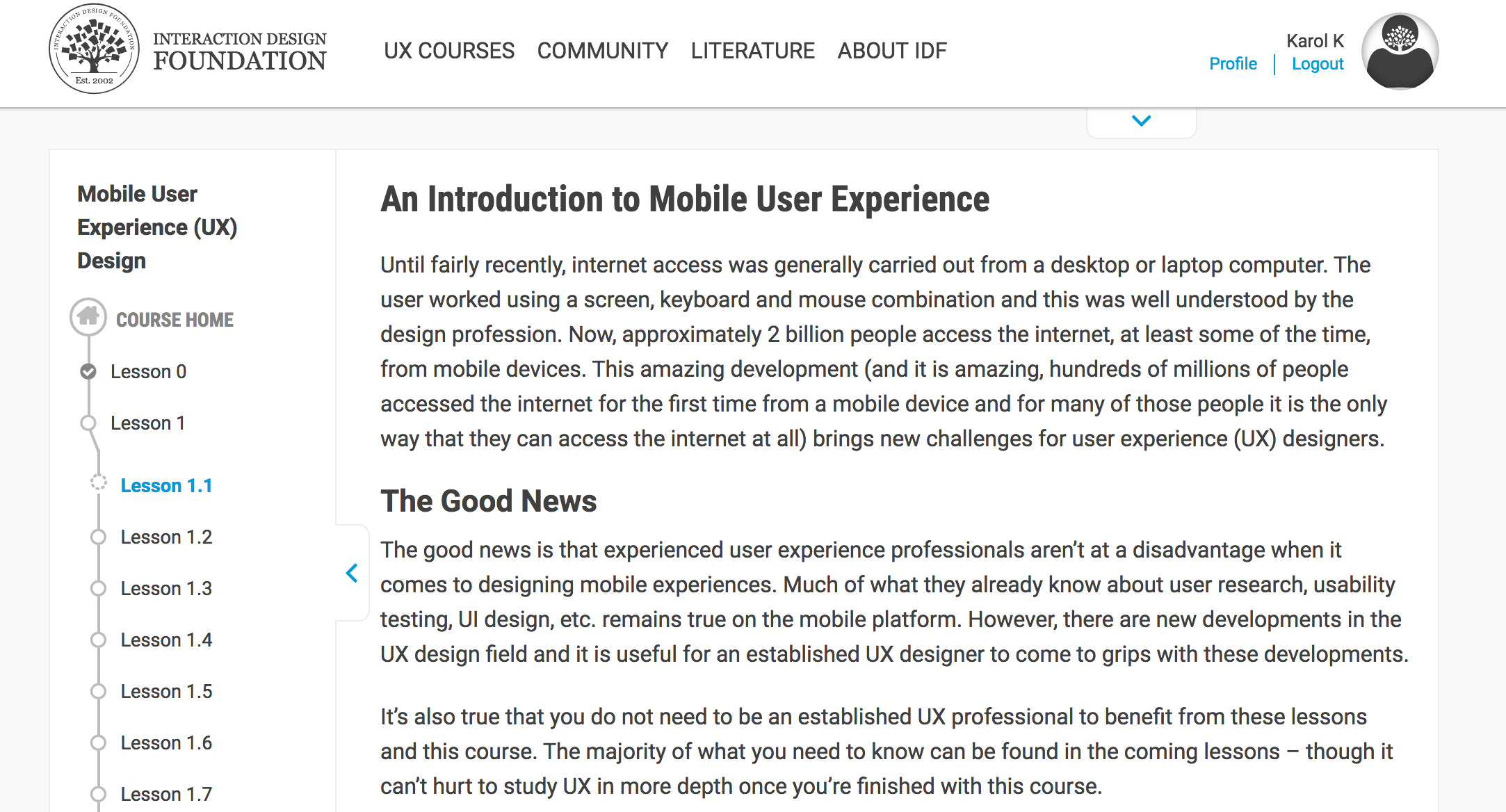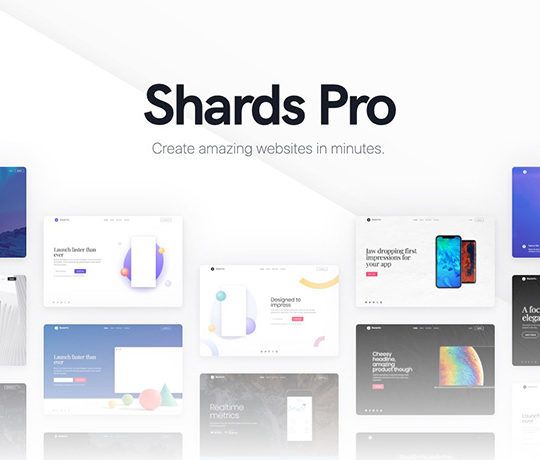
We live in the age of information that’s no longer scarce. And that’s basically regardless of the topic. You can learn pretty much anything online these days. However, there is still a problem you have to deal with. A different problem. And while its name is not scarcity, it’s just as serious…
I’m talking about quality control.
Here’s what I mean, and let’s take UX and design as our example. If you want to learn these topics, then yes, you can go to countless blogs, forums, and even YouTube channels. But who can you really trust? I mean, does this one blogger really know what they’re talking about? Is their information on point? Even worse, is there a chance that the real pros will only laugh at you when you start putting the knowledge learned from that person to practice?
Information overload is everywhere. On the one hand, any information you consume on a given topic from some source might be awesome, but it just as well might not be. With random content from the web you simply never know.
So that’s where vetted sources come into the picture. And particularly, since we’re talking UX and design today, this is where Interaction Design Foundation (IDF) comes into the picture. In short, IDF is an online learning platform offering courses in UX, usability, and other aspects of design. Forbes actually named it the “Ivy League level education in UX.” This kind of praise raised our eyebrows right away.
So today, we’re reviewing their platform and looking into everything that IDF has to offer their students. Let’s take a look:
What Interaction Design Foundation has for you
Interaction Design Foundation is an online learning platform established in 2002 in Denmark. I already told you about the Ivy League-level thing, but there’s more to the story.
I’m actually quite impressed by IDF and the number (and caliber) of institutions that work with them. Just to name a few interesting facts:
- Over 1000 universities world wide use IDF’s materials to complement their own curricula and courses.
- IDF works with 190 companies for employee education and growth (Accenture, SAP, General Electric, Adobe, Philips, just to name a few).
- There are more than 460 IDF local groups in 85 countries.
- IDF’s resources are read by roughly 15 million people.
But let’s get to the important stuff – the actual courses.
At IDF, you can take part in 36 different courses (at the time of writing). They cover a range of topics related to design as a whole, UX, usability, interaction design, psychology in design, information visualization, designing for online sales, web design, mobile design, human-computer interaction, and much more. Basically, IDF covers every significant branch of design that an up-and-coming professional might be interested in.

What’s “a course” at Interaction Design Foundation?
Simply speaking, every IDF course is a sequence of individual lessons that take you all the way to a given outcome. Each course has a well-defined description, goal, and is very clear on what you can expect after taking it.
The courses incorporate different types of content. Some of the courses are based on text, some feature videos, highly illustrated articles, images and other types of visualization to help you understand the thing you’re learning about, and some combine all of the above.
To say this simply, if a given topic or issue can benefit from some specific form of visualization, you can be sure that you won’t find IDF cutting corners here. Each educational style has its pros and cons, and IDF seems very proficient at picking the best-suited style depending on the topic.
IDF makes a huge effort to ensure that whoever takes a given course is well prepared and will be able to get the most out of it. For that reason, the courses feature in-depth introductions that take you by the hand through what’s ahead in the individual lessons.
When it comes to the grading system, IDF went for a point-based approach that takes you from 0% to 100% on every course. You complete the course once you reach 70% or more (plus, if you reach 100%, you get the “Best in Class” distinction). For every course you complete, you receive a course certificate.
The courses themselves are not artificially too long, but instead consist of 8-15 individual lessons. Each lesson also usually consists of 10+ smaller items, just so you get all the info in more manageable chunks. The lessons end with a test, which will help you reinforce the knowledge you’ve gained throughout.
Don’t learn alone, join a community
IDF has a really strong focus on the community aspect of learning.
First off, everyone gets a public profile that’s accessible to other members of the platform. The profile lists all of your background information, your title, position, company, etc. The profile is also where all your course certificates and the courses you’re taking (have taken) can be viewed.
Through the IDF platform, you can connect with other students and likeminded people and even join multiple local meetings. The map of IDF local communities is really impressive (especially in the US). As it turns out, most of the time, you should be able to find a group near you quite easily. (And by the way, you don’t even have to be a member to take advantage of those; non-members are invited too.)
Apart from that, each course has its own community where you can meet up with other students who are taking the course with you.
Who should sign up for Interaction Design Foundation courses
If you’re serious about building a career in design – be it UX design, web design, etc. – you should give IDF a go.
The main value with IDF is that you get access to top-league education from your own home. And I really do mean top-level education. For example, IDF’s open source literature is used by institutions like the Massachusetts Institute of Technology, University of Cambridge and many others.
The majority of IDF’s content is free. Including contributions from authors like Clayton Christensen (senior advisor to the White House) and Don Norman (invented the term “user experience”). Apart from that, the IDF platform works on a subscription basis:
- “Professional” license is 12 EUR per month. This gives you access to all courses, course certificates, local meetings, premium literature on UX design, career help and jobs, and discounts on additional products and services.
- “IDF Design League” license is 134 EUR per month. This gives you everything in “Professional” plus access to your own personal coach.
Will the investment be worth it? Here’s IDF’s own ROI calculator to help you out.
(Also, if you’re interested in a company membership – so that you can sign your employees up – IDF offers special versions of their “Professional” and “IDF Design League” licenses for that too.)
I’m currently taking the mobile UX design course and I’m really enjoying the content. What about you? Giving Interaction Design Foundation a go?






 Black Friday 2019, Best Deals for Web Designers and Developers
Black Friday 2019, Best Deals for Web Designers and Developers  The Anatomy of Great Website Design that Google Loves
The Anatomy of Great Website Design that Google Loves  [Review + Giveaway] Shards Pro – Perhaps Your Ultimate UI Toolkit
[Review + Giveaway] Shards Pro – Perhaps Your Ultimate UI Toolkit  11 WordPress Design Trends for 2019
11 WordPress Design Trends for 2019
 How You Can Boost Conversions with Minimalist Web Design
How You Can Boost Conversions with Minimalist Web Design